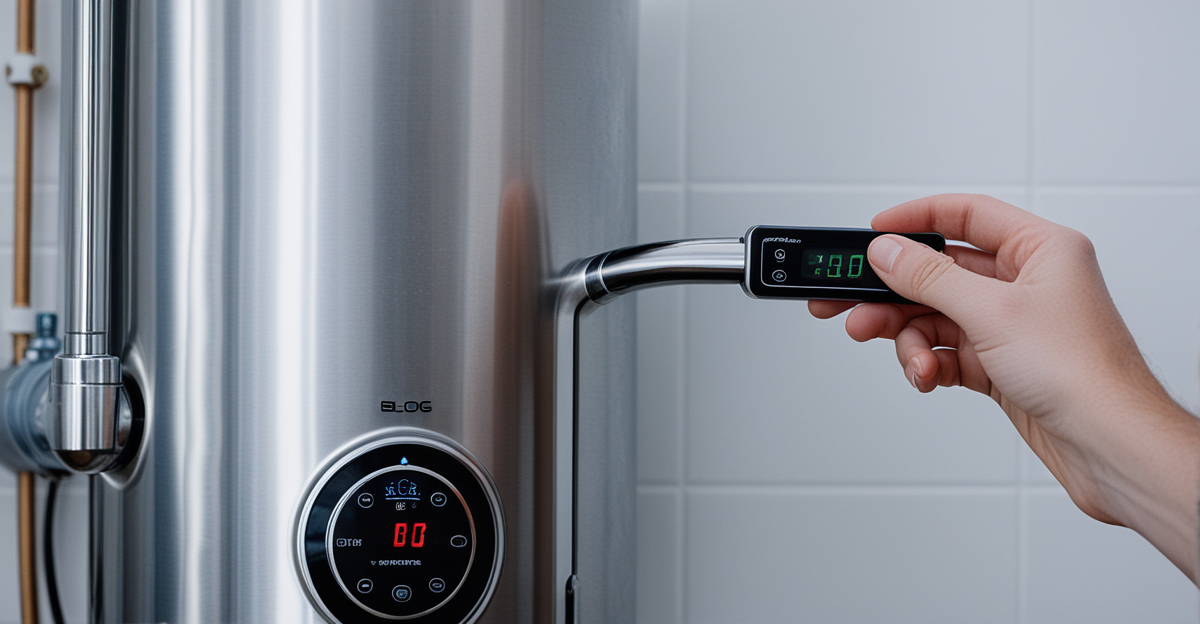Hot water tanks offer tailored solutions for every need, from compact homes to large commercial spaces. Understanding their types, heating methods, and sizing helps select the right system—whether storage, tankless, vented, or unvented. Choosing the proper cylinder ensures efficient, reliable hot water supply while balancing space, energy use, and cost considerations for your specific setup.
Hot Water Tanks: Essential Information for Residential and Commercial Applications
Hot water tanks serve as the backbone of efficient water heating systems, reliably meeting demand in both homes and businesses. On sur Atlantic, the page covers a wide selection of electric, heat pump, and boiler-powered solutions designed for varying property sizes; you can view more details on this page: sur Atlantic. In practical terms, there are three main types: vented, unvented, and tankless systems. Vented tanks depend on a gravity-fed cold water source, common in older properties. Unvented tanks connect directly to the mains, delivering stronger pressure and requiring integrated or external expansion controls. Tankless (instantaneous) heaters skip storage and provide hot water directly as needed—ideal for properties with limited space or fluctuating water use.
Also to discover : 2023 Guide: The Latest Rules for UK Private Landlords on Protecting Tenant Deposits
Selecting the right tank size is essential. For residential settings, sizes typically range from 90 to 300 liters, while commercial installations may exceed 2000 liters. Use daily consumption patterns—baths, showers, number of users—to determine the most suitable capacity. Standard bath and shower usage metrics help avoid inaccurate calculations.
Installation involves more than just fitting the tank. Sizing must match expected demand, local codes require permits and periodic inspection, and safety measures—like pressure relief valves—are mandatory. Costs can range widely depending on system type and installation complexity, so clear planning is vital.
Additional reading : Unlocking the path to reporting data privacy breaches: your comprehensive 2023 guide for uk businesses
Major Types and Leading Brands of Hot Water Storage Solutions
Vented and unvented storage tanks remain the backbone of residential and commercial hot water storage solutions. Vented tanks require a separate cold supply, typically in a loft. In contrast, unvented storage tanks connect directly to the mains, using either internal or external expansion vessels for safety. This distinction drives installation guides for water heaters and impacts both energy-efficient heating tanks and plumbing requirements for tanks.
Tankless vs storage tanks is a frequently analyzed topic in water heating systems. Tankless units—designed for homes with limited space—heat water on demand, reducing heat loss, but may struggle with simultaneous multi-point use. Storage tanks, common in both commercial hot water systems and residential water heating, provide a buffer for high-demand periods but need careful tank size and capacity selection to suit usage patterns.
Hybrid systems such as heat pump water heaters and solar compatible water tanks offer significant energy cost savings and are prized in eco-friendly heating options. Brands like Kingspan, Heatrae Sadia, Telford, Grant, and Gledhill are seen often across water heater brands overview guides. Their diverse product lines range from copper vented options to insulated storage tanks suited for various energy sources.
Selecting a solution means balancing desired efficiency ratings, maintenance requirements, and installation costs, guided by both user needs and the preferable heat source—be it electric, solar, or traditional fuel-based.
Factors Affecting Efficiency, Sizing, and Performance
Selecting the correct tank size and capacity is the first step in optimizing hot water supply and efficiency. Using the SQuAD approach: A properly sized tank—matched to household or business demand—reduces unnecessary energy use and running costs. For example, a single bath at 40°C typically requires about 100 litres, but when stored at 60°C, this reduces to 66 litres due to mixing with cold water, demonstrating how choice of capacity directly aligns with usage patterns.
Insulated storage tanks significantly influence energy-efficient heating tanks by minimizing heat loss and supporting thermal efficiency improvements. Thicker insulation preserves heat retention in storage tanks, maintaining water temperature with less energy. In contrast, slimline or horizontally installed tanks, although space-saving, have higher surface area relative to capacity and, consequently, lower efficiency.
Advanced temperature control devices and setting smart thermostat settings for water heaters optimize both comfort and efficiency. Implementing temperature regulation best practices—such as maintaining thermostat settings between 55°C and 60°C—limits overheating, extends heater lifespan, and reduces energy bills.
Accurate sizing is crucial. Professionals evaluate installation parameters, daily consumption, and hot water demand management to recommend the most suitable capacity, promoting energy cost savings while safeguarding against performance gaps.
Choosing the right tank ensures consistently available hot water, long-term energy savings, and reliable operation for any water heating system.
Maintenance, Troubleshooting, and Upgrades
Sticking to a regular water heater maintenance schedule can prevent unexpected failures and maximise the lifespan of your hot water tank. Key activities include flushing the system to remove sediment, inspecting immersion heating elements for scale or faults, and monitoring the anode rods to safeguard against tank corrosion. Using sediment flushing techniques once or twice annually helps maintain energy-efficient heating tanks and reduces the risk of costly breakdowns.
Be alert to warning signs of trouble—such as fluctuating temperatures, water leaks, or a noisy tank. Troubleshooting heating units starts with checking thermostat settings for water heaters and ensuring immersion heating elements function correctly. Leak detection methods, like inspecting joints and fittings for moisture, can halt water damage early. For tanks showing rust, cracks, or persistent faults, these water heater replacement signs indicate it’s time to consider upgrade options for older systems.
To prolong service and ensure safe hot water storage solutions, schedule inspections with professional servicing advice. Energy-saving strategies—such as adding hot water tank insulation materials or installing smart thermostats for water tanks—can further reduce running costs and lengthen heater lifespan. Upgrades, from efficient hot water circulation loops to switching to a heat pump water heater, provide opportunities for significant system improvements while meeting evolving demands in both residential water heating and commercial hot water systems.











